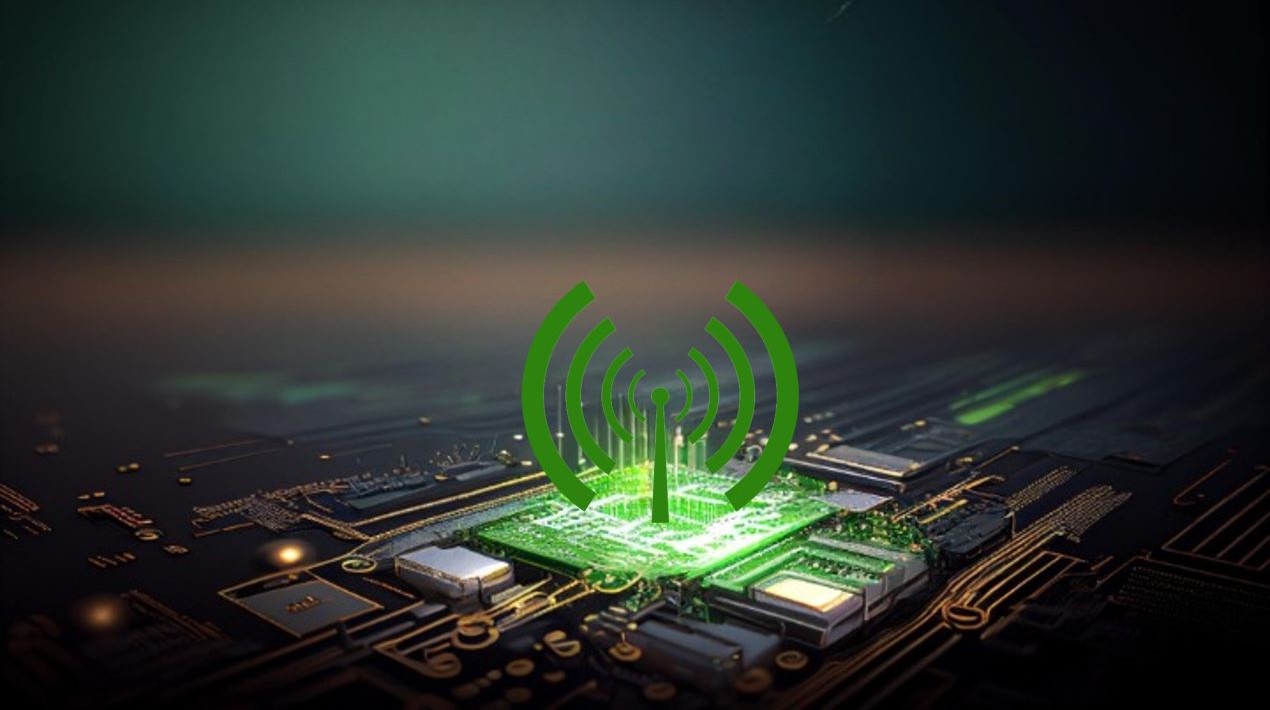
Following the footsteps of other leading mobile network providers in Vietnam, state-owned MobiFone has been piloting the 5G technology in major cities of the country, contributing to the development of its IT infrastructure.
MobiFone was the second mobile network provider to be approved by the Ministry of Information and Communications (MIC) to pilot 5G technology and its telecom services in Vietnam.
According to the Decision issued earlier in April, the provider could carry out the one-year piloting period from 23 April 2019 to 22 April 2020 in four cities: Hanoi, Da Nang, Hai Phong, and Ho Chi Minh.
In May this year, its first 5G connection was successfully created. With the speed of 1.5-1.7Gbps, it’s much faster than the theoretical speed of 4G LTE and equal to the one of commercial optical cable.
In September 2019, MobiFone achieved positive results with its 5G station in Hanoi, greatly lessening the piloting time. Simultaneously, the company was actively trying to finish the necessary technical infrastructure for the official introduction of 5G technology to its customers.
MobiFone stated that it would pilot applications that use enhanced Mobile Broadband (eMBB) for high-speed online services as well as developing an ecosystem to optimally exploit all the benefits of the cutting-edge technology to serve mobile device owners.
The number of 5G subscriptions in Vietnam is forecast to reach 6.3 million in 2025, according to a report on 5G development in Southeast Asia by the network equipment maker Cisco.
Only ten countries commercialised 5G as of September this year: South Korea, Japan, China, the US, Australia, the UK, Spain, Sweden, Norway, and Russia.
A report noted that Vietnam and Singapore are expected to be the first countries in the Asia-Pacific region to roll out the latest wireless communications technology in 2020-2021.
The report said that the market penetration in Vietnam in the early stage of 5G implementation will be lower than Indonesia and Thailand, but growth is projected to accelerate in the later stage.
The early rollout of 5G services could help Vietnamese mobile carriers increase revenues by US $300 million a year, starting from 2025.
Another report showed that the impact of digital transformation in the Asia-Pacific region was an increase of about 6% in its GDP. The figure is expected to be 25% this year and 60% by 2021.
Research indicates that digital transformation also increased labour productivity by 15% in 2017, which is expected to be 21% by 2020.
In 2018, the country’s e-government development index ranked 88th out of 193 countries, of which the online public services index jumped 10 places to rank 59th out of 193 countries in comparison to 2016.
Last month, at a seminar, experts and leading IT and telecom firms shared experience and discussed the possibility of co-operation in manufacturing 5G chipsets and network infrastructure devices.
Vietnamese tech firms are planning to produce chips for 5G core networks and IoT devices. They plan to research and develop mobile phones and 5G telecommunications devices.
Resolution No.52-NQ/TW recently issued by the politburo and the draft for Vietnam’s socio-economic development strategy towards 2030 emphasised the significance of expanding tech companies. This will be vital to helping Vietnam escape the middle-income trap and build a developed and independent economy.
The government has adopted various incentives to facilitate R&D for hi-tech products, particularly 5G chipsets and network infrastructure devices. Major IT and telecoms firms in Vietnam have already started developing 5G technology.
















